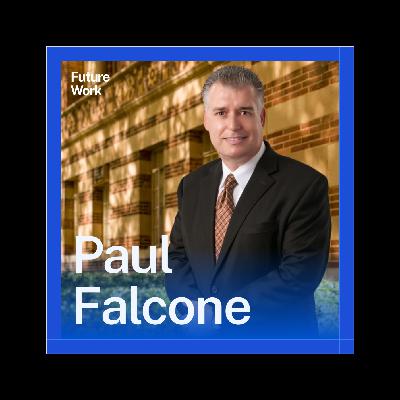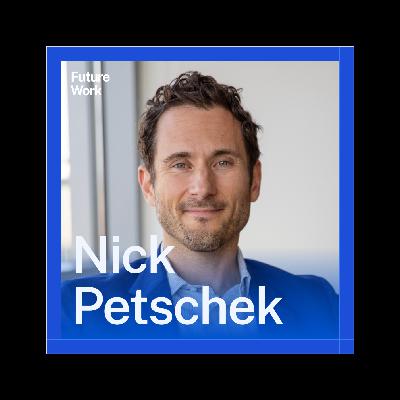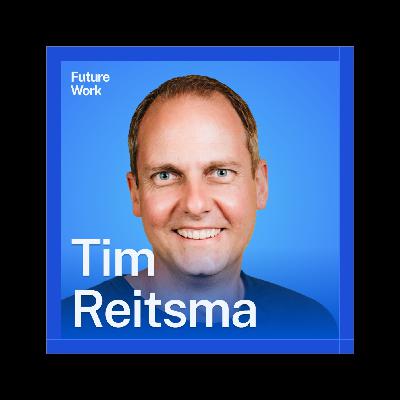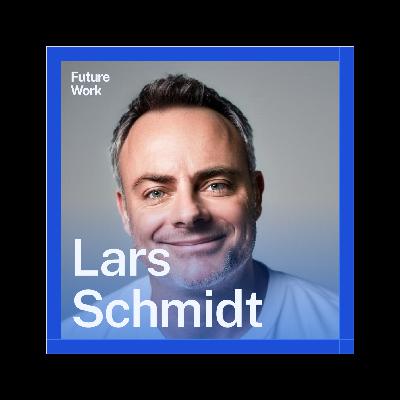The Case for Working Less: How Reduced Hours Drive Productivity
Description
This episode of Future Work is brought to you by Tactic: https://www.gettactic.com/work.
Tactic is the #1 rated space logistics platform used by customers such as Microsoft, Redbull, the UN, and Northwestern University to create order out of the chaos. Tactic has a 100% customer satisfaction score on G2 because it was built from the ground up with the end user in mind. It’s an all-in-one solution for hot desking, room reservations, and visitor management.
Visit Tactic today to unlock the power of hybrid work: https://www.gettactic.com/work.
Our thanks to the Tactic team for sponsoring this episode!
In this conversation, Tim Reitsma and Joe O'Connor discuss the concept of work time reduction, exploring its implications for productivity, employee engagement, and overall well-being. They delve into the differences between a four-day work week and broader work time reduction strategies, emphasizing the importance of addressing burnout and creating a culture that values time over money. The discussion highlights the role of AI in enhancing productivity and offers practical steps for organizations looking to implement these changes. Ultimately, the conversation advocates for a shift in workplace culture towards a more sustainable and fulfilling work environment.
Takeaways:
- Work Time Reduction as a Productivity Strategy: Shorter workweeks, like the four-day model, enhance productivity and well-being by reducing inefficiencies and burnout including better rest, work-life balance, and psychological detachment from work.
- Work time reduction isn't one-size-fits-all: Options include nine-day fortnights, half-day Fridays, or shorter workdays. The key is adapting strategies to organizational needs and creating a bottom-up initiative.
- Changing Employee Priorities: Employees increasingly value time over salary, with many willing to trade pay raises for reduced hours.
- AI as a Key Enabler: AI streamlines tasks, enabling shorter workweeks while maintaining high performance.
- Leadership and Engagement: Success depends on leadership buy-in, clear goals, and employee-driven solutions, supported by a culture of continuous improvement.
- A Competitive Edge: Flexible work models help organizations attract and retain top talent in a competitive market.
- The Future of Work is About Outcomes, Not Hours: Organizations must prioritize results over time spent, with clear goals, accountability, and employee autonomy driving success.
To get a notification of new episodes, sign up for the Future Work newsletter at: https://www.flexos.work/future-work.
Reading more: www.flexos.work/learn/futurework-case-working-less-reduced-hours-drive-productivity
























